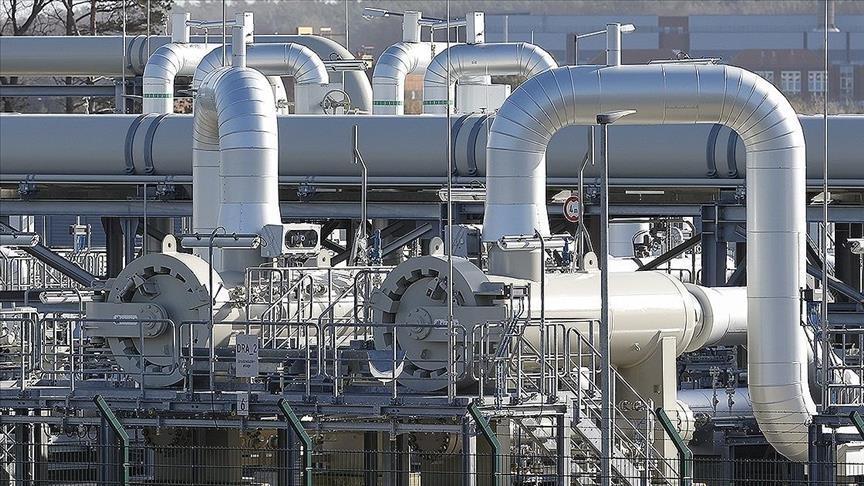Europe could face a shortage of as much as 30 billion cubic metres (bcm) of natural gas when the continent refills its gas storage sites during the key summer period next year, the International Energy Agency (IEA) said in a new analysis published on Thursday.
The analysis, Never Too Early to Prepare For Next Winter: Europe’s Gas Balance for 2023-24, highlighted the need for urgent action by governments to reduce gas consumption amid the global energy crisis.
Although gas storage sites in the European Union are now 95% full – putting them 5% above the five-year average fill level, the report cautioned that the cushion provided by current storage levels, as well as recent lower gas prices and unusually mild temperatures, should not lead to overly optimistic conclusions about the future.
The IEA also warned that the process of filling EU gas storage sites this year benefitted from key factors that may well not be repeated in 2023.
These include Russian pipeline gas deliveries that, although cut sharply during 2022, were close to ‘normal’ levels for much of the first half of the year.
Total pipeline supply from Russia to the EU in 2022 is likely to amount to around 60 bcm, but it is highly unlikely that Russia will deliver another 60 bcm of pipeline gas in 2023 – and Russian deliveries to Europe could halt completely, according to the analysis.
– Increase in LNG imports of China can capture those for Europe
The Agency also stressed that China’s lower liquefied natural gas (LNG) imports in the first ten months of this year have been a key enabler of higher LNG availability for Europe to compensate for the drop in gas deliveries from Russia.
‘If China’s LNG imports recover next year to their 2021 levels, this would capture over 85% of the expected increase in global LNG supply,’ the Agency said.
It projected that global LNG supply is expected to increase by only 20 bcm in 2023, with about one-third of the growth coming from the US. The expected rise in global LNG supply next year is about half the average increase of that during the 2016-2019 period and much less than the likely decline in Russian pipeline deliveries to the EU next year.
In the event of a full cessation of Russian pipeline gas supplies to the EU and a recovery of Chinese LNG imports to 2021 levels, the new IEA analysis showed that Europe could face a challenging supply-demand gap of 30 bcm during the key period for refilling gas storage in the summer of 2023.
This gap could represent almost half the gas required to fill storage sites to 95% capacity by the start of the 2023-24 heating season.
‘With the recent mild weather and lower gas prices, there is a danger of complacency creeping into the conversation around Europe’s gas supplies, but we are by no means out of the woods yet,’ IEA Executive Director Fatih Birol, was quoted as saying.
The latest trends and likely developments in global and European gas markets shows that Europe is set to face an even sterner challenge over the next two winters, according to Birol.

